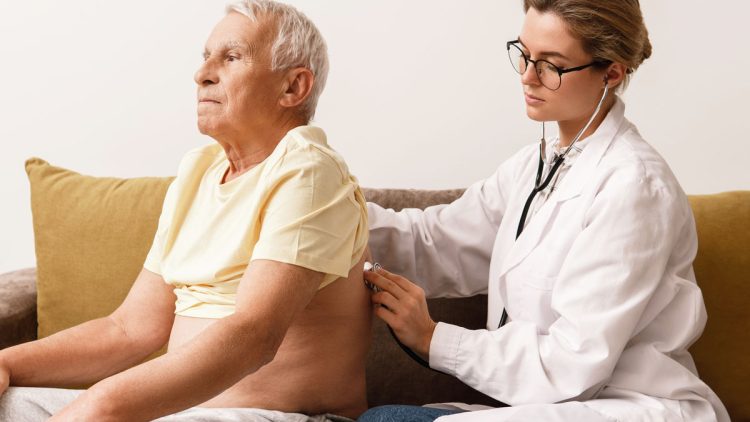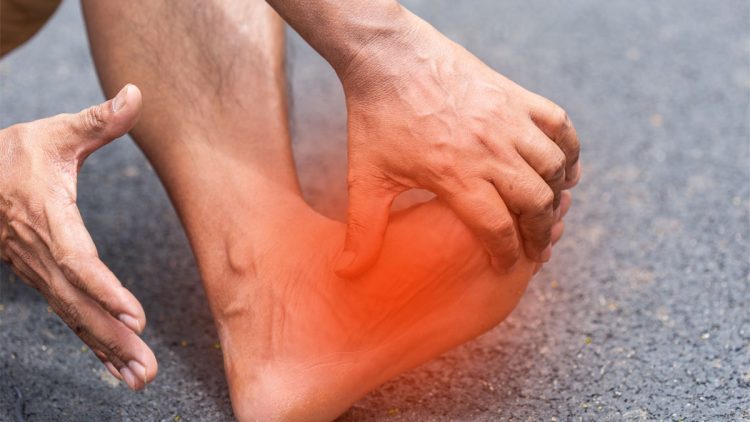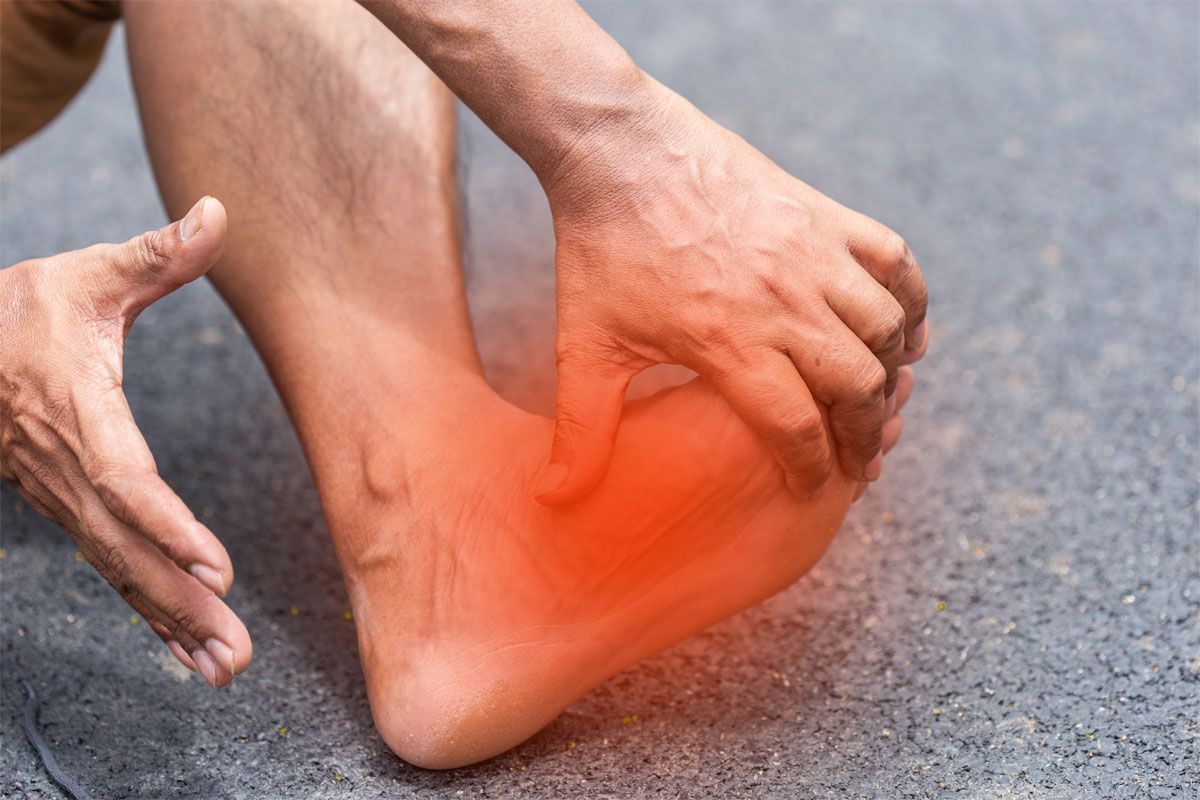What is COPD?

Chronic obstructive pulmonary disease or COPD is a condition caused by impairment of the airways or other areas of the lung that obstructs airflow making it difficult to breathe.
Discover who is at risk for COPD, what symptoms to look out for, and how the disease impacts the lungs.
COPD can cause coughing that creates large amounts mucus. It can also cause breathing issues, shortness of breath, tightness of the chest, and other symptoms. Since COPD is a progressive disease, its symptoms usually develop gradually but get worse over time and can restrict your ability to do normal activities. Serious COPD may top you from doing even simple activities like walking, taking care of yourself or even cooking.
In the US, the term COPD is in reference to two primary conditions.
Emphysema emerges when there is impairment to the walls among the air sacs in the lungs. Typically, these sacs are flexible or stretchy. While breathing in, each air sac fills with air, similar to a small balloon. While breathing out, they empty, and the air gets dispelled. In emphysema, it is more difficult for your lungs to push air out of your body.
Chronic (long-term) bronchitis is caused by repetitive or persistent inflammation and irritation in the lining of the airways. A lot of thick mucus is produced in the airways, making it difficult to breathe.
A lot of people that have COPD have a mixture of both conditions in various scopes, and how serious each ailment is differs by individual.
In the US, COPD impacts almost sixteen million adults, and a lot more are unaware they have it. More than fifty percent of those tested positive are women. COPD is a primary cause of disability, and it is the sixth major cause of death in the US as reported by the CDC.
The positive news is that COPD can usually be prevented, primarily by not smoking. In the US and other higher-income countries, cigarette smoking is a main cause of COPD in which most people that have COPD smoke or smoked in the past. In the developing world, nevertheless, air pollution plays a much bigger role, and fifty percent of all cases across the world are not associated with tobacco. An uncommon genetic condition known as alpha-1 antitrypsin (AAT) deficiency could also be a cause of COPD.
Even though there is no cure, treatments, and changes in lifestyle like quitting smoking could help you feeling better, staying more active, and slow the advancement of the disease. You might also need pulmonary rehab, oxygen therapies, or medicines to treat hindrances.
Symptoms of COPD
The more common symptoms of COPD are having trouble breathing, persistent cough (occasionally with phlegm) and feeling exhausted.
COPD symptoms can worsen quickly. These are known as flare-ups. These typically last for a couple of days and usually require additional medicine.
Those with COPD additionally have a higher risk for other health problems. These comprise of:
- lung infections, such as pneumonia or flu
- lung cancer
- heart issues
- weakened muscles and fragile bones
- anxiety and depression.
Typical symptoms of COPD develop from middle age onwards. As COPD advances, people find it more challenging for carrying out their normal day-to-day activities, usually due to shortness of breath. There may be a significant financial burden because of limitation of workplace and home productivity, and expense of medical treatments.
Mobility Center In Mesa, Arizona
Mobility Center has been proudly serving the entire Phoenix, Arizona area since 1975 with the finest in mobility aids, scooters, wheel chairs, lifts and support equipment. Visit our convenient location to see the products and receive the individual attention that you deserve. Our service area includes Mesa, Apache Junction, Tempe, Chandler, Scottsdale, Phoenix, Glendale, Surprise, and Sun City. More Articles About Senior Living
- Best Walking Canes
- What Is a Rollator?
- 10 Common Mobility Scooter Problems
- Wheel Chairs Near Me
- Why Might An Older House Have More Safety Risks Than A New One?
- Types Of Mobility Aids
- How Much Does a Stair Lift Cost?
- Balance Exercises For Seniors
- 65 Quotes About Getting Older
- Elderly Home Safety Checklist
- The Best Places To Retire In Arizona
- Wheel Chairs For Sale In Phoenix, Arizona
- How Much Does A Wheelchair Cost?
- Top 5 Best Walkers For Seniors



